This is the day
the year keeps for herself
but offers to you,
her breath for yours,
fair exchange.
—Penelope Shuttle, “29th February”
Thirty days hath September,
April, June, and November,
All the rest have thirty-one,
Except February, twenty-eight days clear,
And twenty-nine in each leap year.
—16th century mnemonic rhyme (one version of many)
Thirty days hath September,
but all the rest I can’t remember.
—The Cincinnati Enquirer, 1924
Happy Leap Day! The history of this date is a bit complex, in that it pops up on the calendar every 4 years, in years divisible by 4, except in years that are divisible by 100 but not 400. So there was no Leap Day in 1700, 1800, or 1900; there was Leap day in 2000; there will not be a Leap Day in 2100. The basic purpose is to reconcile our 365-day calendar year with the length of the solar year.1 Because the actual time it takes for Earth to orbit the Sun is 365.2421 days, so decimals matter. Clear as mud?
Speaking of mud, the Old English name for February was Solmōnað or “mud-month.”2 In our region, we have mud season coming up. Perhaps earlier than usual, though, given such evidence as muddy paw prints in the house and the return of migratory birds that weren’t expected until April. This week, we had a record-high day through much of Michigan, about 70 degrees F here. The next day, it plummeted to 25 degrees with snow flurries.
Seed Starting
We’re getting an earlier start on indoor seeds this year. Mainly thanks to the motivation and follow-through of one of the resident teenagers. If the groundhog is right about an early Spring, then we should have plants ready to go into the garden.
What’s been planted so far: gourds, zucchini, pumpkin, eggplant, cucumber, cantaloupe, watermelon, tomatoes, sweet & hot peppers. Also herbs, medicinal & culinary; flowers, whose seeds needed to be stratified (like lupine) or scarified (like nasturtium). Stratification involves exposing the seeds to cold, to mimic winter conditions that would precede spring sprouting. Scarification means disrupting the seed coating, such as by filing or nicking, to speed germination. Some seedlings got too leggy, too fast, and didn’t survive their re-potting. Not bad for seed trays near a winter window, though.
The goal for March will be to set up the basement warming mats and grow lights. Thanks to the generosity of friends and family sharing their seeds, as well as a couple of larger nationwide seed swaps, we still have plenty of indoor starts yet to do.
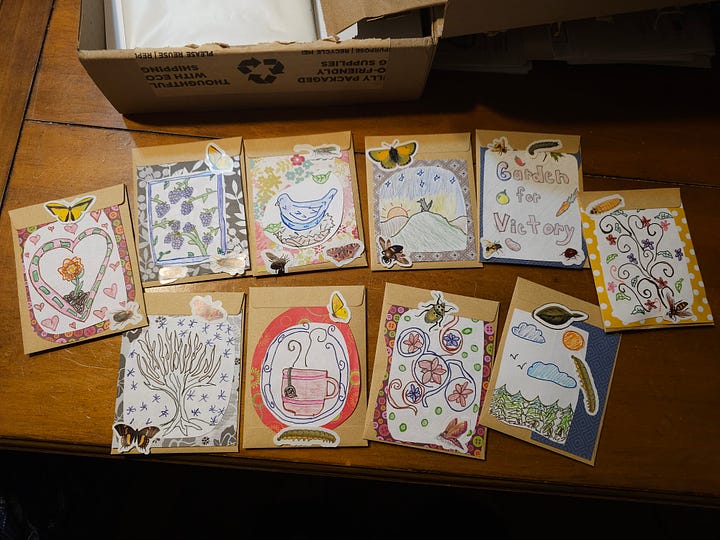
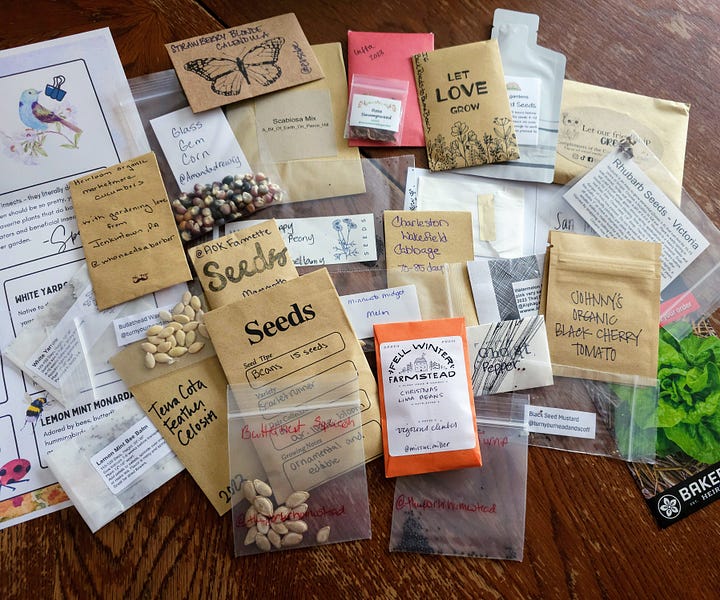
How was your Leap Day 2024? Have you had unseasonable weather patterns where you are? Started any seeds or planting yet, for those in the Northern Hemisphere? And how long is your mud season?
(If you’re a Tolkien fan, and you’re not reading
then you’re missing out.)Happy Leap Year!
—Erin, in Michigan
The Oxford Companion to the Year, Blackburn & Holford-Strevens, 2003
Winters in the World, Eleanor Parker, 2022 Buy it here at our Bookshop.org link!





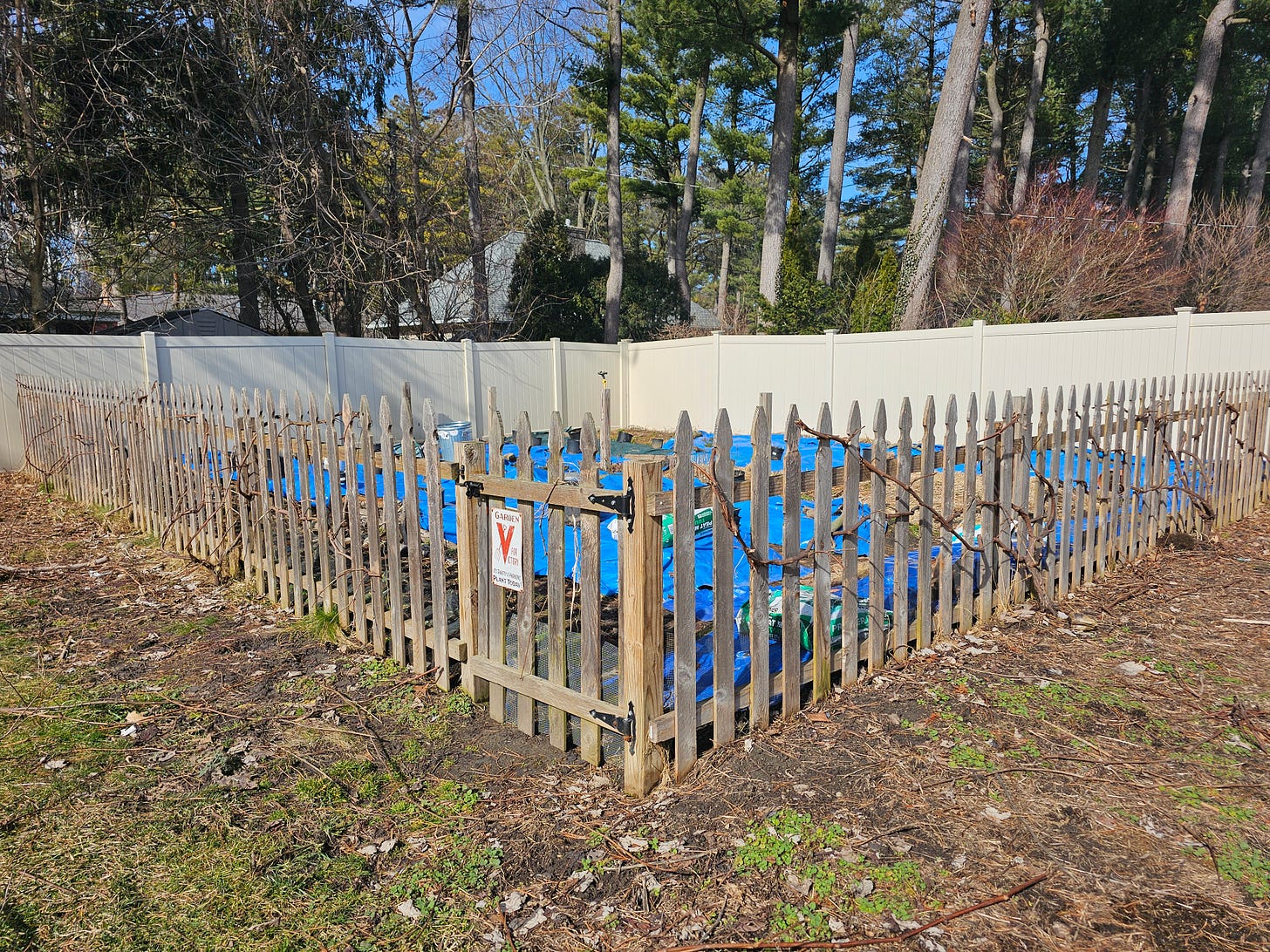
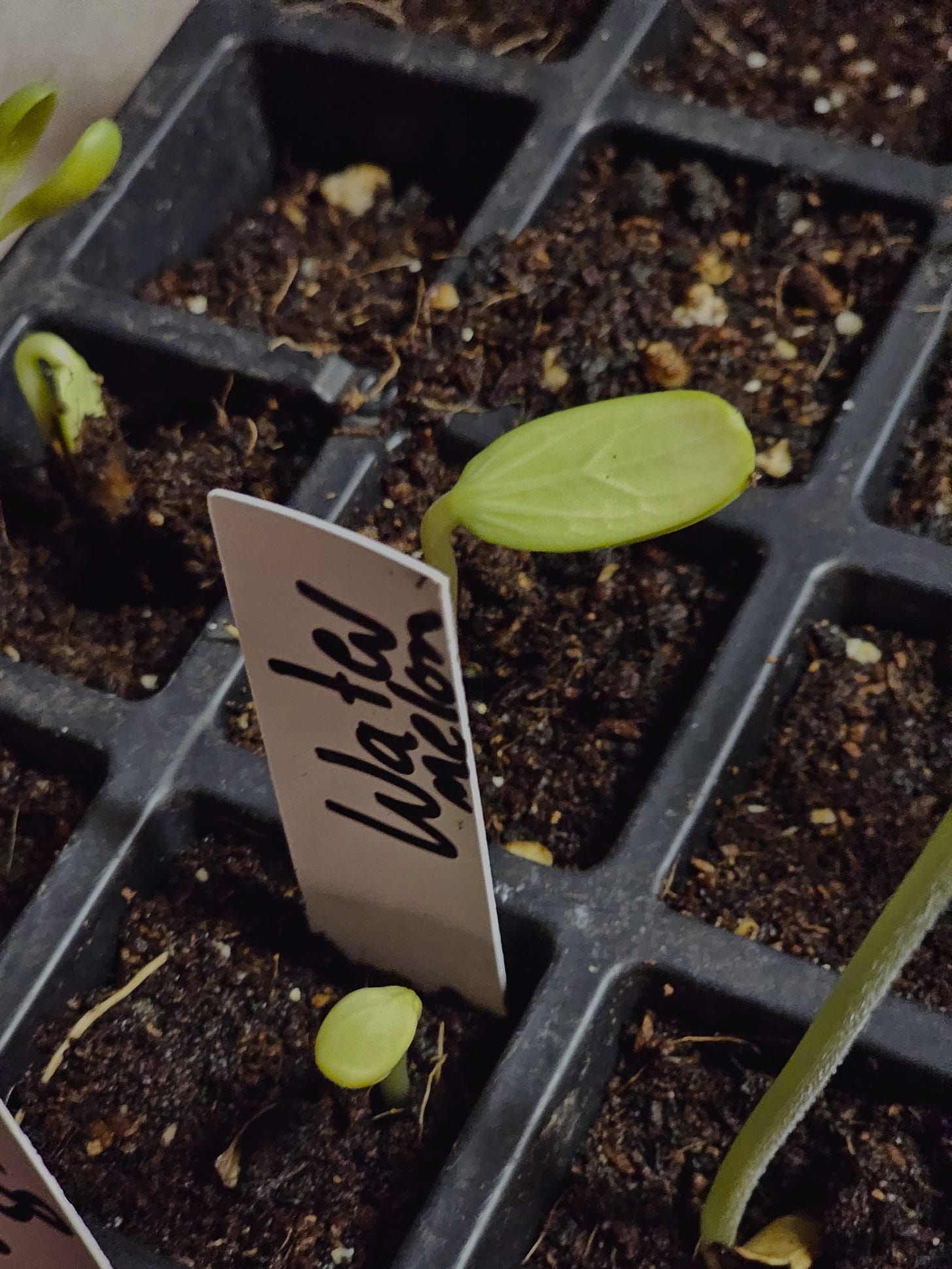
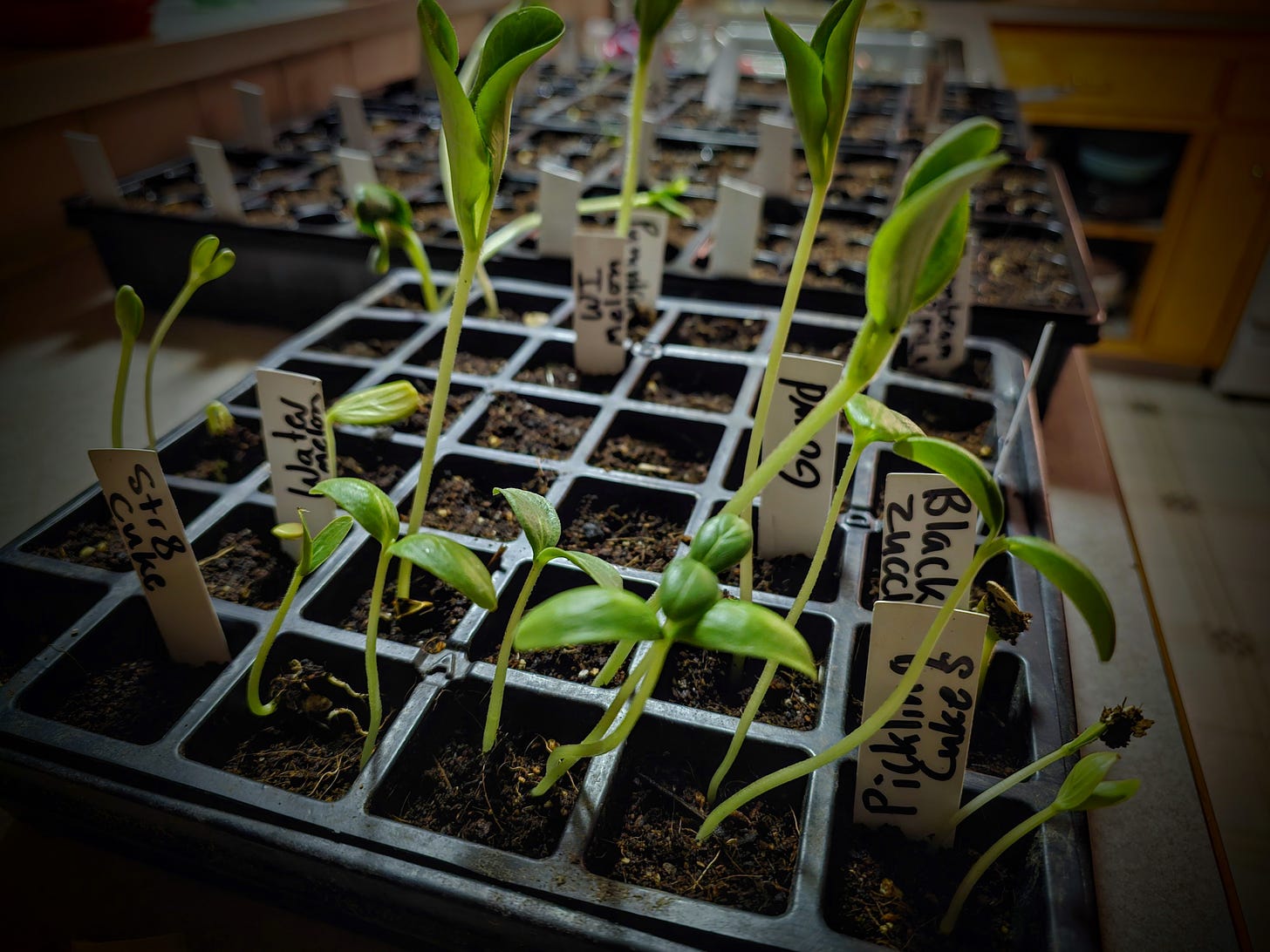
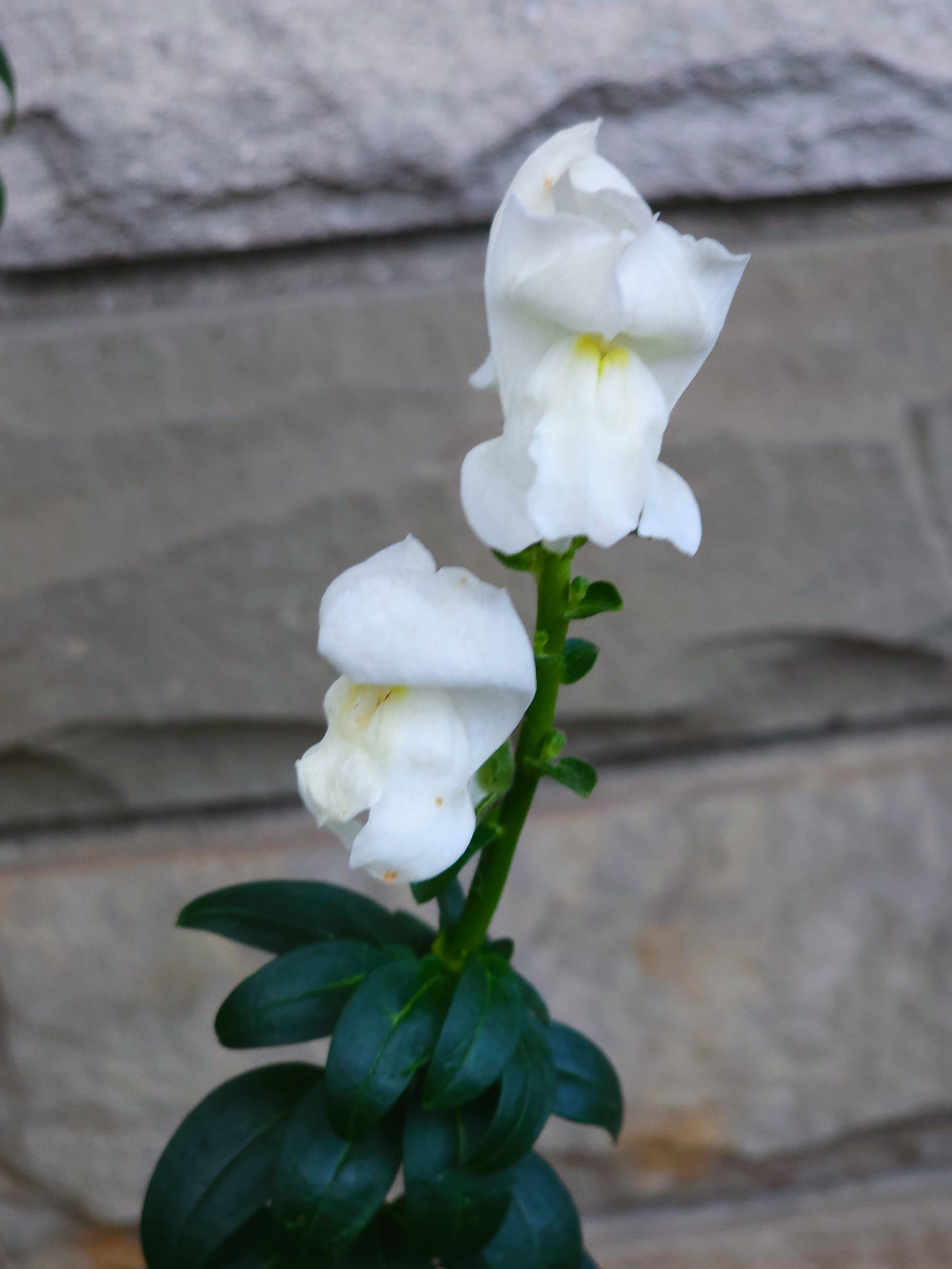

Thanks for your post Erin. I have only two trays down. Mostly heirloom tomatoes ( 10 different varieties). Some wierd peppers. … and plants they don’t sell in nurseries. I don’t have have a place to do a garden, but I am doing growing them in faith. I may end up giving them away, but I love gardening so much I had too. Thanks for doing your post. It is so encouraging.
Inspiring post! Maybe we can actually grow some winter squash at our place if we start some seeds this month!
Very heartening to see your brave little seedlings. In these days of way-off-normal seasonal weather and crazy temperature fluctuations, food gardening feels a bit like an act of courage.